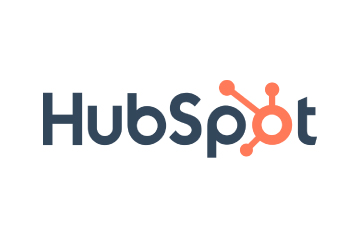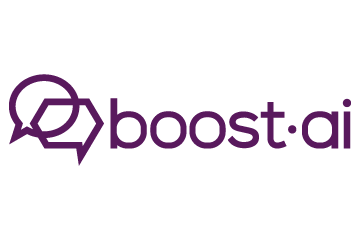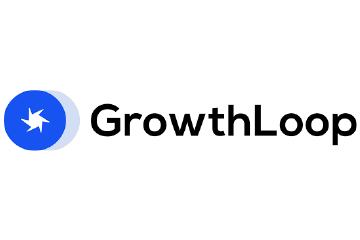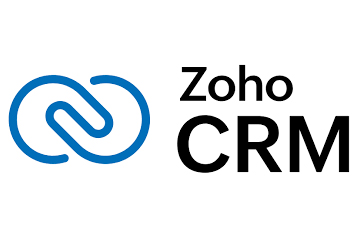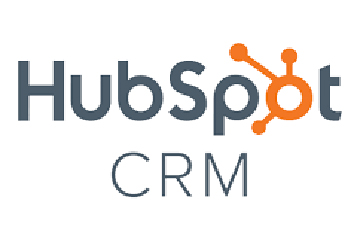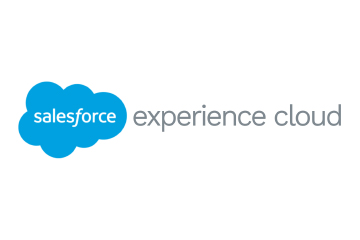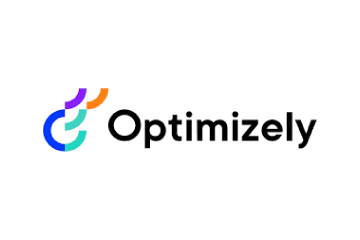Why Customer Data Still Isn’t Delivering ROI
Why is customer data still failing to deliver ROI? Leaders from Forrester, BECU, and Citizen Watch unpack the real reasons and share strategies that actually work.

When it comes to uncovering the power of data in a go-to-market strategy, there are first several roadblocks to tackle. These challenges continue to prevent organisations from deriving ROI from customer data investments. It’s the usual suspects: data silos, poor data quality, and regulatory challenges.
Such challenges and how marketing and data executives from large organisations are managing them were discussed at a recent webinar hosted by customer data cloud platform provider Amperity and featured research and advisory firm Forrester.
Amperity’s Jason Perocho, Senior Vice President, Head of Marketing joined by guest speaker, Forrester Vice President and Principal Analyst, Joe Stanhope, as well as Jeanne Jones, Vice President of Digital Marketing at BECU, a not-for-profit credit union with over 1.3 million members and $32 billion in assets, and Ranajay Nandy, Vice President of Analytics at luxury retail goods brand Citizen Watch.
With a great breadth of experience across organisations and industries, the panel brought their insights to the topics of deriving value from data investments, aligning technical teams, measuring success and more.
Data critical for success
Forrester’s Joe Stanhope highlighted that firms now widely recognise the criticality of data to their success, especially in relation to customer engagement. Stanhope noted that when investigating challenges and opportunities related to marketing technology, it is almost always an issue related to data, and that data is becoming increasingly complex and challenging to manage as more of it is sought.
“If you want to understand your customers, target interactions, personalise, get reach on the touch points and devices, that’s pretty fundamentally dependent on the data today,” he said.
“And what you’ve seen is really an explosion in the scale and complexity of that data, because it’s turned into this flywheel, where we do more engagement, it becomes more specific and granular, then that generates yet more data, which we then have to use to generate more interactions.”
ALSO READ: What’s Stopping Brands from Anticipating Customer Needs?
This growth cycle, Stanhope points out, combined with factors like privacy and regulatory mandates, changing consumer behaviors and expectations, and economic pressures in enterprises around efficiency, make it difficult to manage and apply the data.
Drawing from insights from Forrester’s own research, Stanhope said users reported that it takes too long to deliver value with data, they have foundational data management challenges, they experience poor data quality, and the data is still fragmented and siloed.
Deriving value from data
BECU’s Jeanne Jones explained that around 2018 and 2019 the organisation was primarily focused on accessing data for its marketing team. Silos and fragmented data were the key issues. The organisation set about an exercise of improving its access to data, working with Amperity to onboard the data into one system and stitch it all together.
This solved one challenge for the marketing team, but the next challenge was sharing the benefits of the growing customer 360 platform they had created beyond just the marketing team into other parts of the organisation as they scaled up and expanded.
“We’re now looking at leveraging cloud infrastructure and expanding our use so that we can democratise that data across the entire organisation,” Jones said.
“The challenges can seem daunting, but you just need to face them one at a time. It’s really hard when you look at the whole picture. It’s a journey, not a project with a start and end date. It’s something you’re always going to be working on.”
At Citizen Watch, Ranajay Nandy experienced similar challenges, highlighting that there was lots of valuable customer data, but it was scattered and siloed.
“We started a mission of creating a source of data for customers, and that’s where we came in contact with Amperity to build our [customer data platform],” he said.
“As we are going through the process of building this centralised consumer data, we are seeing that our internal data has a lot of issues as well. It’s not really super clean, there’s a lot of garbage data.
ALSO READ: Why Most Businesses Are Still Struggling to Win with AI
“So, we started with an internal process of cleansing that data as well as we are building the CDP along with Amperity, so it’s kind of a parallel process going on.”
Nandy mentioned the other challenge they encountered was that, despite the customer data platform in place, some users were still getting insights from their own local servers. To tackle this, the team implemented governance, processes and training to ensure new consumer data flowed to the customer data platform (CDP).
Measuring success of data investment
While the strategic planning and technology deployment of customer data infrastructure constitutes the initial phase, measuring and demonstrating tangible outcomes forms a critical next phase in the journey.
BECU’s Jeanne Jones noted that even as a not-for-profit, business outcomes also matter. The company cares a lot about revenues and profits along with member satisfaction and retention. This means when measuring a project’s success, efficiency, time savings and revenue are important metrics to look at.
“If we have a use case that’s driving a conversion, we try to tie that to a revenue gain and measure it. We often will use test and control groups so that we can prove lift across the holdout,” Jones said.
“We also look at [net promoter score (NPS)], so if we enable a new experience that is tied to satisfaction, whether it’s overall NPS or even we have something called transactional NPS, we’ll tie it to that. Even with our insights, we will tie it back to data value.”
Jones also referenced two real-world examples of measuring success, including an example during the early pandemic period when economic uncertainty disrupted traditional forecasting models.
She said her team responded by implementing customised data collection forms that captured members’ changing financial circumstances.
“We actually set up forms to allow members to let us know what their situation was, and we gathered that data so we could customise how we could help them,” she said. “It allowed us to stabilise our forecast so we knew these folks were going to have trouble making their bills.”
Ranajay Nandy said Citizen Watch’s approach divided metrics into two categories: marketing activation metrics – including things like conversion rates, click through rates, as well as brand health – and consumer insights usage, which are tracked on a plethora of dashboards.
“Everybody has their [dashboard],” Nandy said. “They look at the regions, they look at the demography, they look at what they’re purchasing, what is the right fit for what kind of customers, … where are they in their journey, and things like that.”
Nandy added that the company also tracks dashboard utilisation metrics while gathering evidence that teams are applying these insights to improve sales and product development outcomes.
Embracing the next chapter of change
Customer data journeys invariably bring challenges, but organisations implementing clear strategies and appropriate technologies can successfully navigate these complexities. Future-proofing strategies, including evaluating which technologies truly differentiate versus those that are merely tactical were also highlighted. To learn more about all the topics discussed in this article and more, check out the full recording, available here.
ALSO READ: Rethink Everything: We Asked UK Marketers ‘What’s Next?’












